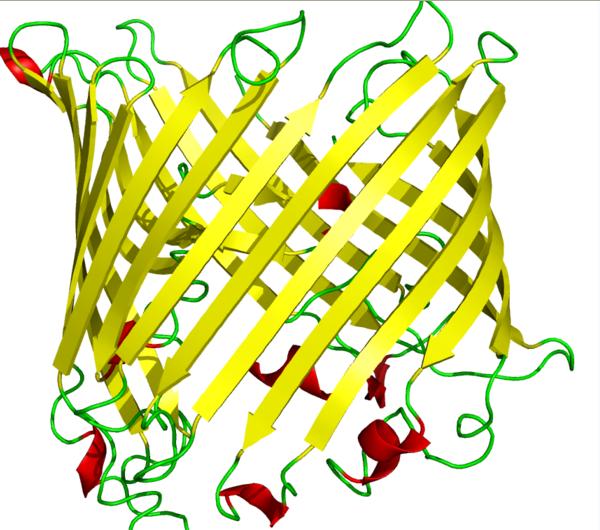A team of researchers from the DuPont Company and Lehigh University in Pennsylvania, USA, reported a breakthrough in their efforts to produce carbon nanotubes (CNTs) suitable for use in electronics, medicine and other applications

A team of researchers from the DuPont Company and Lehigh University in Pennsylvania, USA, reported a breakthrough in their efforts to produce carbon nanotubes (CNTs) suitable for use in electronics, medicine and other applications.
In an article recently published in the scientific journal Nature, the group claims to have developed a DNA-based method for sorting and separating defined types of carbon nanotubes from a mixture.
Carbon nanotubes are thin and elongated tubes of graphite with very diverse electrical, thermal and structural properties that vary according to the shape of the tube and its exact structure. This versatility provides this material with a promising future capability in the fields of electronic components, lasers, sensors, biomedicine, and as annealing components in composite materials.
Current production methods provide mixtures of tubules of varying diameter and symmetry. However, before the tubes can be used they must be separated from the mixture and received cleanly - each type of tube and its different electronic nature.
"A systematic process for purifying each one-symmetric species of the same electronic type from a synthetic mixture is highly desirable," the research group notes in an article published in the journal Nature, "but this task has so far proven impossible."
In 2003, a joint team of scientists from DuPont, the MIT Research Institute and the University of Illinois developed an innovative method to separate metallic carbon nanotubes from semiconducting nanotubes using single-stranded DNA and ion exchange chromatography. These findings were published in the journal Science.
The new study improves upon the findings of the previous study from 2003 by identifying more than twenty short DNA segments capable of identifying individual types, or species, of carbon nanotubes and separating them cleanly from the mixture.
The new method uses adapted DNA sequences that "enable the purification of all the dozen main types of unisymmetric semiconducting nanotubes from a synthetic mixture, while obtaining sufficient utilization for both basic research and application development."
"The important discovery of the pair of researchers Tu and Zheng is that if you choose the right DNA sequence, it is able to identify a certain type of nanotubes and allows us to identify it cleanly. This kind of real improvement brings us closer to practical manufacturing capabilities.”
How do the DNA segments recognize and select the types of tubules? The research team claims that this could be related to the DNA's ability to create a structure that differs from its normal double-helix structure when it wraps around the tubules.
An alpha helix, like transparent adhesive paper wrapped around a pencil to form a tube, is a familiar structure form for proteins - one of the main families of biological proteins. Another common structure observed in proteins is the beta sheet (beta sheet) - a cyclic planar structure, in which a polypeptide chain forms extended segments, which are arranged in parallel, side by side. "Such a structure is not known for DNA," notes the lead researcher, "however, we have shown that this is possible as long as you allow the DNA to be adsorbed on a surface. If the surface is cylindrical, similar to the carbon tubes, you can get a similar version known as a "beta barrel" Wikipedia entry).”
Although the researchers do not yet have conclusive proof of their claim, they note that circumstantial evidence strongly supports their hypothesis that DNA creates such an organized structure while recognizing a specific type of nanotube, in a similar way to how biological animals recognize each other thanks to their specific structures.
The researchers explain that biomedical applications of the research discovery are particularly interesting. One of the possible applications for carbon nanotubes is, for example, their use as materials capable of delivering biological agents to specific cells in the human body.
"We are very interested in the biomedical applications of this research," notes the lead researcher: "How will this affect the reaction of the tubules with nanomaterials? Will they be a harmful substance inside the body? Can we use their reactions for medical applications? All of this is an extensive and pristine field of research."

One response
Very interesting and important. Synthesis of oligonucleotides is very simple and the sequences can be very easily controlled using simple and cheap chain reactions. If it is indeed possible with the help of these products to control nano pipes, then this is great and wonderful.
We will be happy to hear updates if and when there are
What's more, if we have learned something from the Chinese, Nature and ideas that sound too good to be true, then we will patiently wait for the replication of these ideas in different laboratories around the world and the proofs of the thesis in other places as well